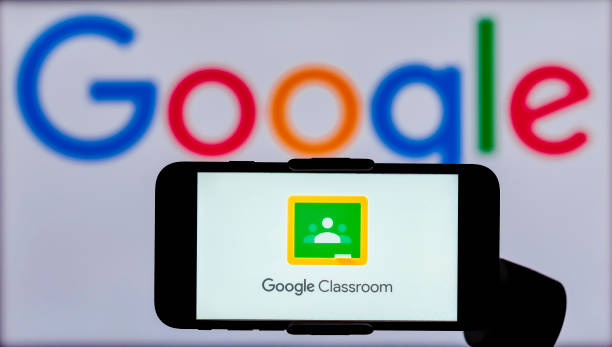As digital learning becomes more common, schools are increasingly turning to tools like Google Classroom to simplify teaching and learning. Whether your child is learning in-person, remotely, or in a hybrid setting, Google Classroom makes it easier to manage lessons, share resources, and stay organized. But what exactly is Google Classroom, and how can it best support student success in K–12 education?
This article explores how Google Classroom K–12 is reshaping modern classrooms. From submitting homework to participating in discussions and receiving teacher feedback, we’ll break down its core features, benefits, and best practices for educators, students, and parents alike.
What Is Google Classroom?
Google Classroom is a free learning management system developed by Google that helps teachers create, distribute, and grade assignments in a paperless way. It integrates with tools like Google Docs, Drive, Slides, and Gmail to streamline classroom communication.
Stat: As of 2023, Google Classroom serves over 150 million users worldwide, with a major presence in U.S. K–12 schools.
Key Features of Google Classroom K–12
Google Classroom K–12 offers powerful tools that benefit both teachers and students:
For Teachers:
- Create and manage assignments easily
- Post announcements and lesson materials
- Grade and return work digitally
- Schedule tasks and organize with Google Calendar
For Students:
- Submit homework with a click
- Access resources anytime
- Ask questions in class streams
- Receive instant feedback on assignments
How Teachers Use Google Classroom in K–12 Settings
Teachers across grade levels use Google Classroom to:
- Share reading materials and videos before lessons
- Conduct digital quizzes using Google Forms
- Assign differentiated tasks for students with varied needs
- Create collaborative documents for group work
Example: A middle school science teacher might use Google Classroom to assign a lab report, share reference videos, and provide real-time comments on student drafts.
Benefits of Google Classroom for K–12 Students
1. Increased Organization
Students can view all assignments, due dates, and feedback in one place.
2. Improved Digital Skills
Students practice navigating online platforms, creating documents, and collaborating virtually.
3. Flexible Access
Assignments and materials can be accessed anytime, great for absences or after-school review.
Case Study: A high school saw a 20% boost in assignment completion after adopting Google Classroom.
How Parents Can Support Google Classroom K–12 Use
Parents play a key role in student success with Google Classroom:
- Ask to see your child’s Classroom dashboard weekly
- Encourage time management for digital assignments
- Email teachers directly through the platform
- Help younger children navigate new tools
Tip: Google Classroom allows guardians to receive email summaries of assignments and class activity.
Privacy and Safety in Google Classroom
Google Classroom complies with FERPA and COPPA regulations, ensuring that student data is protected.
Key Privacy Features:
- Restricted access to class content
- School-controlled admin settings
- Google Workspace accounts for secure logins
Tips for Maximizing Google Classroom K–12 Success
To get the most out of Google Classroom:
- Organize classes by topic or unit
- Use rubrics for transparent grading
- Post weekly summaries to reduce confusion
- Integrate with tools like Jamboard or Quizlet for variety
Read Also: How to Encourage Student Collaboration K–12?
Conclusion
Google Classroom has become a vital part of K–12 digital education. Its simplicity, flexibility, and integration with Google tools make it a top choice for schools looking to modernize learning. With the right support from teachers, students, and parents, it can boost organization, improve engagement, and prepare learners for a tech-driven future. Whether you’re just getting started or looking to improve your Classroom workflow, these insights will help you make the most of this powerful tool in any K–12 setting.
FAQs
1. How does Google Classroom help K–12 students?
It streamlines assignments, feedback, and resources, making learning more organized and accessible.
2. Is Google Classroom safe for kids?
Yes. It follows strict privacy laws like FERPA and COPPA, with secure logins and admin controls.
3. Can parents view their child’s Google Classroom?
Yes. Guardians can get email summaries and check progress through student accounts.
4. What grades can use Google Classroom?
Google Classroom is used across K–12, from kindergarten to high school.
5. Does Google Classroom work offline?
Some features work offline, like viewing downloaded assignments or using Docs offline with syncing later.
